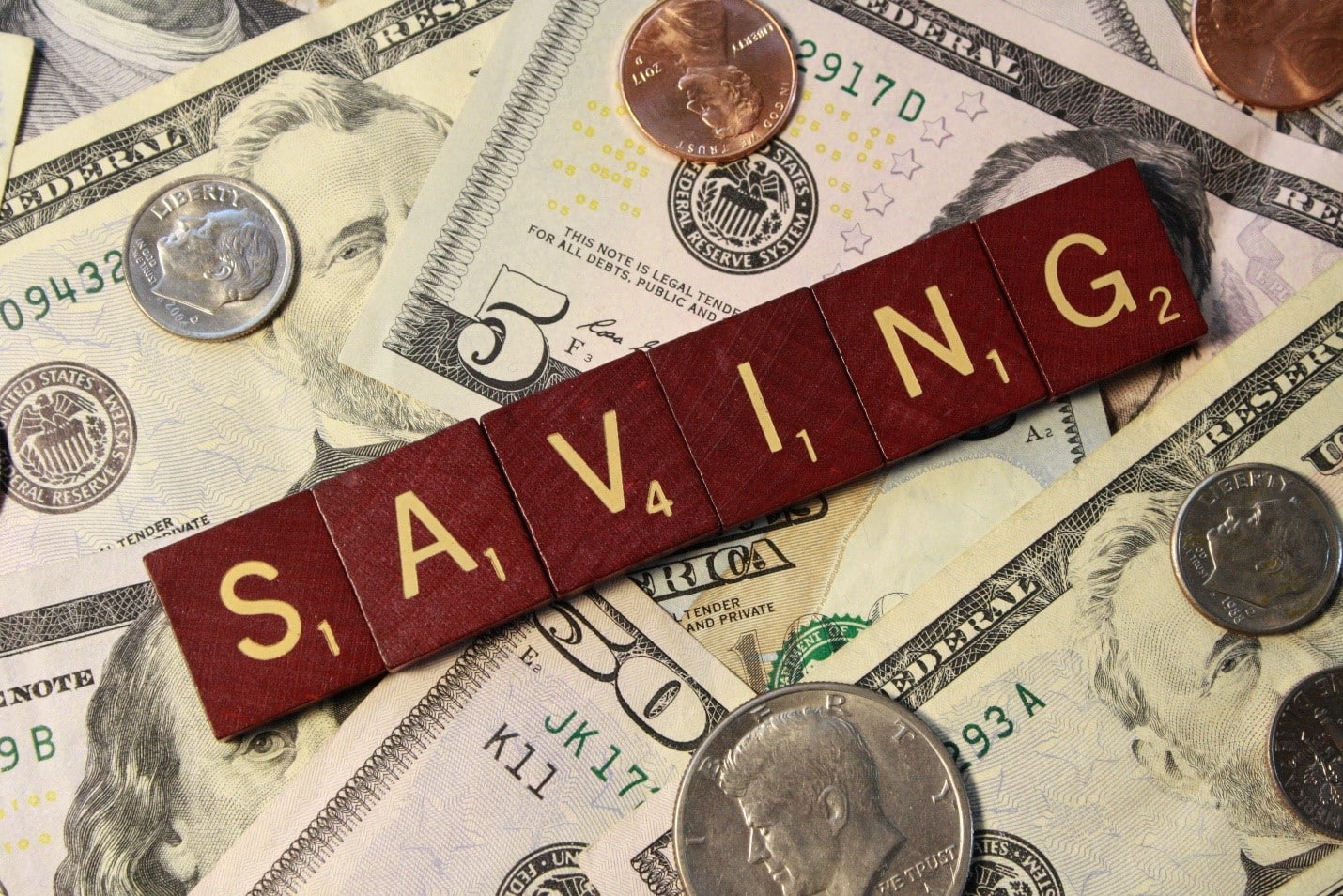2020 provided many people with a good wake-up call on the need to have some savings set aside. But, so often we tend to spend what we make, leaving little to no money at the end of the month. So how can we start on a path toward saving money? Take a hard look at your expenses and household budget. Then challenge yourself to make saving for a rainy day your priority. Here are 6 simple savings strategies that you can use to get started.
- Review your cable bill. Are you paying for channels that you rarely use or need? This might be a great place to cut some expenses that you won’t even notice. You may want to check with other providers or call your current one to negotiate a new rate. They value your business and may reduce your monthly bill in order to keep you as a customer.
- Review your cell phone and internet bill. Make sure you are paying for the data and features that you really need. New data plans become available all the time. Shop around and compare pricing for the ones that best fit your needs.
- Increase your auto and home deductible. By increasing your deductible, you can reduce your insurance premiums. Just be aware that if you do need to file a claim, you will have a greater out of pocket expense, but that’s only if you have an incident.
- Limit eating out. If you eat out for lunch every day, consider brown bagging it 3 or 4 out of 5 days, and then treat yourself to lunch out only once or twice a week. You might benefit not only your wallet, but your waistline. Convert your daily morning caffeine fix into something brewed at home or in the office. There’s a wide variety of Keurig offerings out there that closely mimic those high dollar drinks and are a fraction of the price.
- Only use credit cards if you can pay off the balance. This is probably the hardest strategy. It’s so easy to get carried away by ordering things online with only a few clicks or not keeping track of all the monthly purchases we make. But living within your means is one of the fastest ways to grow your savings.
- Refinance your home loan. With interest rates at record lows, you may be able to refinance your home loan and reduce your monthly payment. The caution here is that you may lengthen your loan. Still, it may be worthwhile to compare rates.
Taking advantage of any of these 6 strategies will leave more money available at the end of the month. Instead of spending it, use it build up your emergency savings fund. That leads us to the next logical question: how much do I need to keep in an emergency saving fund? As a starting point, many financial planners will recommend for a single income household that six months to one year of expenses be saved. For a dual income household, the recommendation is that three to six months of expenses be saved. But some of this also depends upon a client’s comfort level. We have some clients that have a specific dollar amount that they always try to keep in savings, and it may far exceed one year of their expenses. So, it really depends on you.
Take advantage of these cost saving strategies and put the money you save each month into an emergency savings fund. You never know when something unplanned might come up and you’ll need cash to cover your bills.

